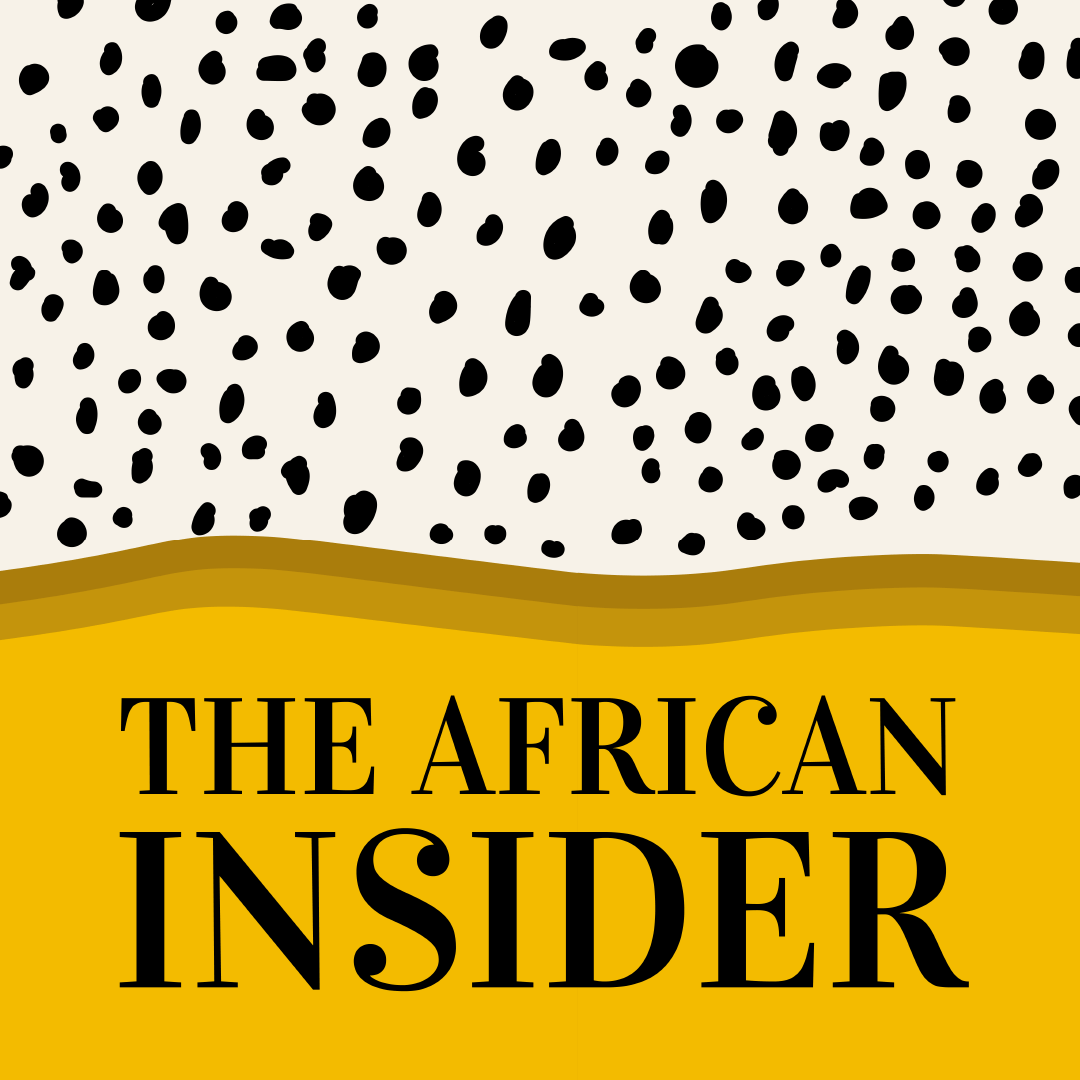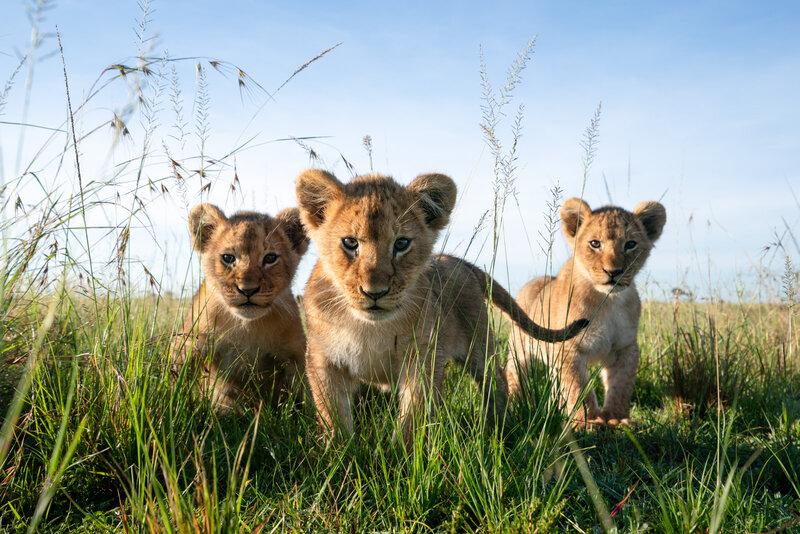Over 120 photographers donated their images to the campaign and in just a month they had sold over 6,500 images raising 660,200 USD for the non-profit Africa Park Networks. But how did they achieve all this?
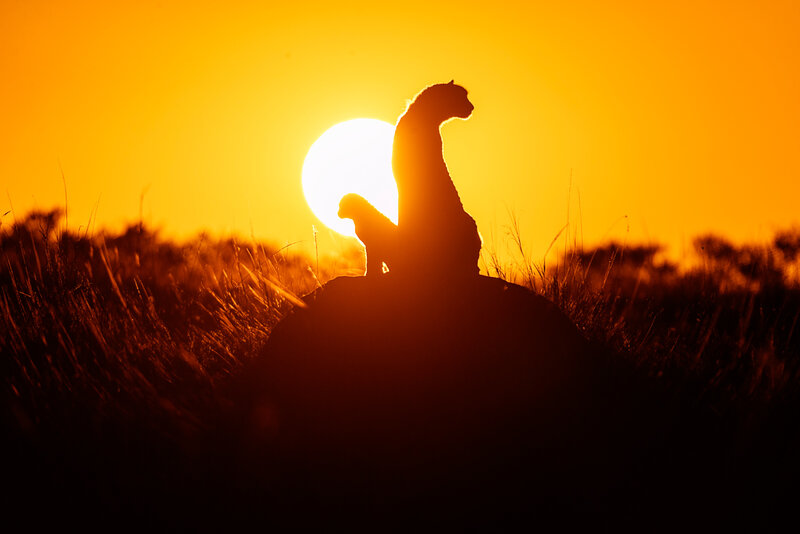
A leopard and a cub use an anthill as a vantage point. Source Clement Kiragu | Prints for Wildlife.
The Project
Two friends, Marion Payr and Pie Arts, photographers from Austria and The Netherlands respectively both felt the desire to be the voice of hope in their own way after the world had been turned upside down by the Covid-19 pandemic.
With the world on lockdown and having lost all their work and assignments, they felt that it was the right time to act through photography. Both had been to Africa many times before and this was their chance to give back.
“We started reaching out to photographers within their own network, photographers we know and appreciate. What happened next is that these photographers started reaching out to other photographers and suddenly a whole movement started of like-minded people with the same dreams and passion,” says Pie.
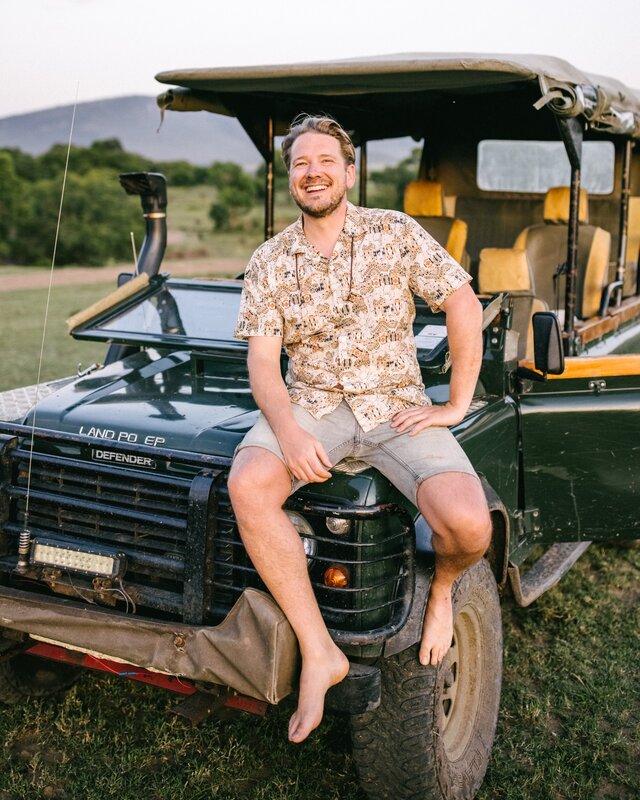
Pie Arts, a Dutch photographer who co-founded Prints For Wildlife. Source | Pie Arts.
This call to action escalated quickly with Marion thinking that they would have 10 or 15 entries but within a short time they had over a 100 photographers on board and they had to delay the project a bit to accommodate the huge number of entries.
“The generous donations of prints from photographers – many of whom who had lost their business as well – and the outpouring of love from donors who bought prints in support of African Parks Network has been one of the most hopeful signs of humanity we’ve experienced last year.
“This pandemic has brought so much suffering and hopelessness to the world, yet at the same time we’ve seen people come together and unite to do good and help and support each other – not only locally in their families or neighborhoods, but even on a global scale,” says Marion.
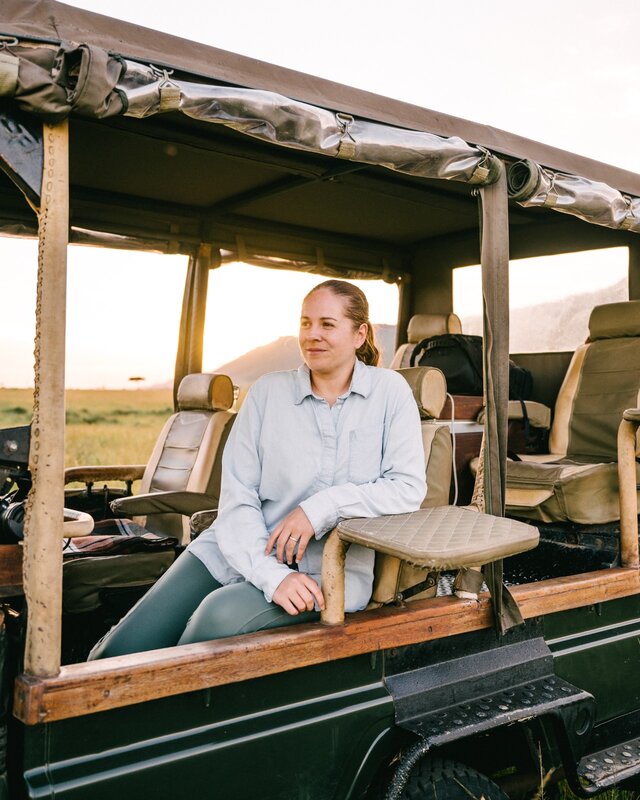
Marion Payr co-founded Prints For Wildlife, a game-changing photography fundraiser. Source | Marion Payr.
The key to conservation is putting people at the heart of the solution. This is done through community programs supporting health, education, job security, and sustainable livelihoods and this was what attracted the duo to African Parks.
“African Parks, and their community-first approach to conservation, is ensuring that the protected areas under their management are safe places where wildlife and people can flourish. And in safe places, magical things can happen. Therefore, choosing African Parks as our partner for this campaign was a no-brainer,” says Pie Arts.
African Parks manages 19 national parks and conservation areas spanning 14.7 million hectares in 11 countries in partnership with Governments and local communities – which is the largest amount of area under conservation by any one NGO in Africa and has been in existence for over 20 years.
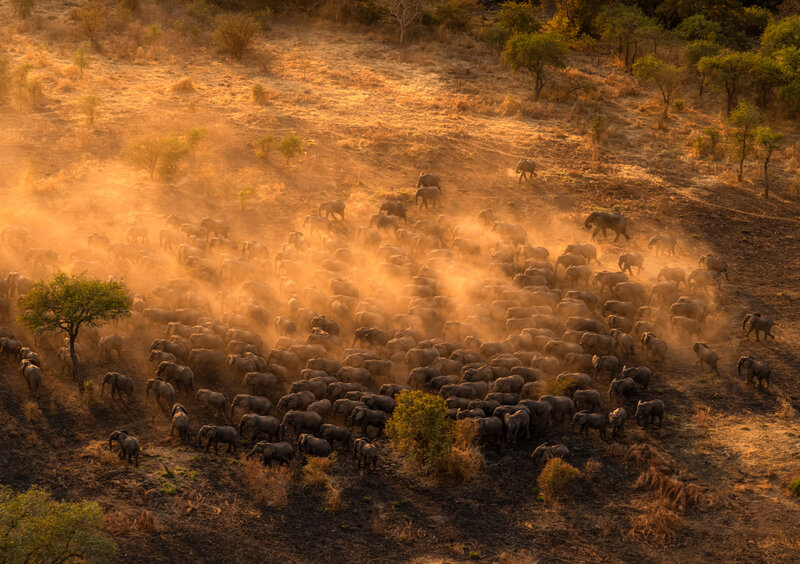
Elephants on the move at the Zakouma National Park, Chad. Source | Brent Stirton | Prints For Wildlife.
“We believe in the power of art and creativity to not only convey messages, but also to move people. And if so many outstanding artists come together for a cause like Prints for Wildlife this can become a movement. That’s exactly what happened last year and now it feels like a true community of people who not only love wildlife, but also values conservation efforts and the amazing work that African Parks does,” Marion explains.
“The night before the fundraiser went live was a long and sleepless one. We both were insecure about how the launch would go and what the impact would be. We initially had hoped for maybe 1,000 prints sold within the full month of the campaign. When we sold 500 prints on the first day we couldn’t believe our eyes.
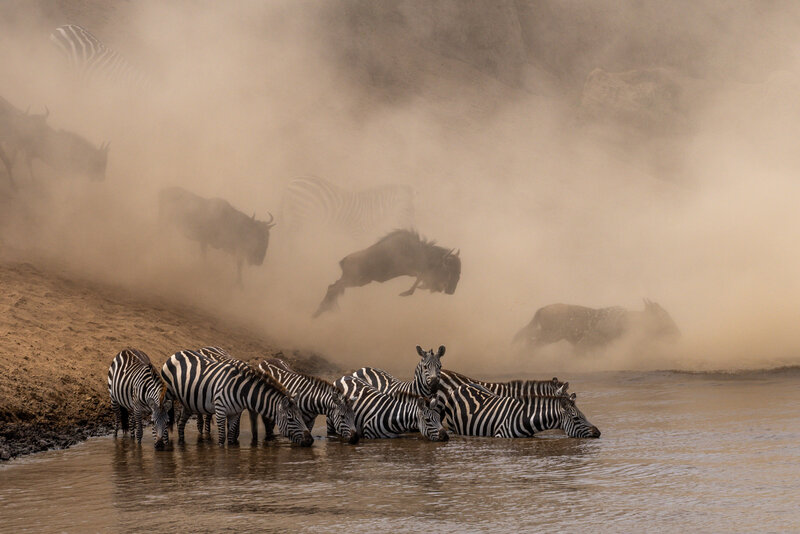
The Great Migration at the Maasai Mara, Kenya. Source | Ketan Khambhatta | Prints For Wildlife.
“Then the second day of the fundraiser happened and we sold another 500 prints and we reached our initial goal within 48 hours. You can’t describe how we felt at that moment, we were exhilarated and also relieved and hopeful. Then the real work started and we needed to figure out how to ship so many prints all around the globe,” says Marion.
Luckily a huge team of volunteers helped them pack and ship prints and it became a whole organisation. In the end they sold over 6,500 prints and raised more than 660,000 dollars for conservation, which is unprecedented in a print sale of just a month. The best part was seeing like-minded people come together for the fundraiser and they hope they can re-create this spirit again.
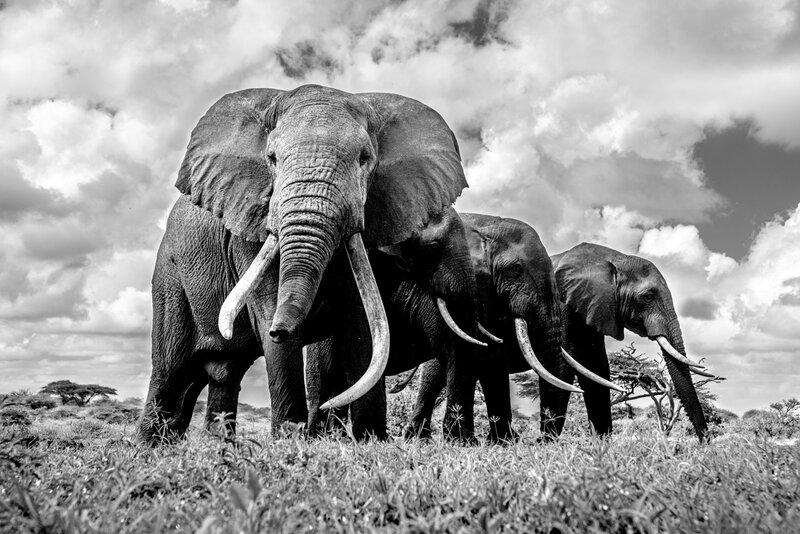
The largest Elephants tusker bulls in east Africa are always alert even while at a waterhole, the front elephant is referred to by scientist as One Ton. Source Beverly Joubert | Prints For Wildlife.
Impact
The first edition of Prints for Wildlife in 2020 generated over USD 660,000 in print sales. 100% of the proceeds after printing and handling were donated to African Parks to support their conservation efforts in Africa.
Managed effectively, these vital natural landscapes safeguard biodiversity and support human well-being, delivering clean air and water, food security, carbon sequestration, livelihoods and healthcare.
This critical revenue in the midst of a global pandemic helped sustain the impact of African Parks in 2020:
- 108,579 people have received healthcare in and around the parks
- 105 schools have been built and supported and 752 scholarships have been provided
- 3,219 full-time staff, of which 95% are local, under employment
- 1,064 rangers ensured safe spaces for people and wildlife
- COVID-19 response: 135,800 people reached through awareness campaigns, 65,000 masks and 5,000 liters of soap distributed, 630 hand washing stations installed.
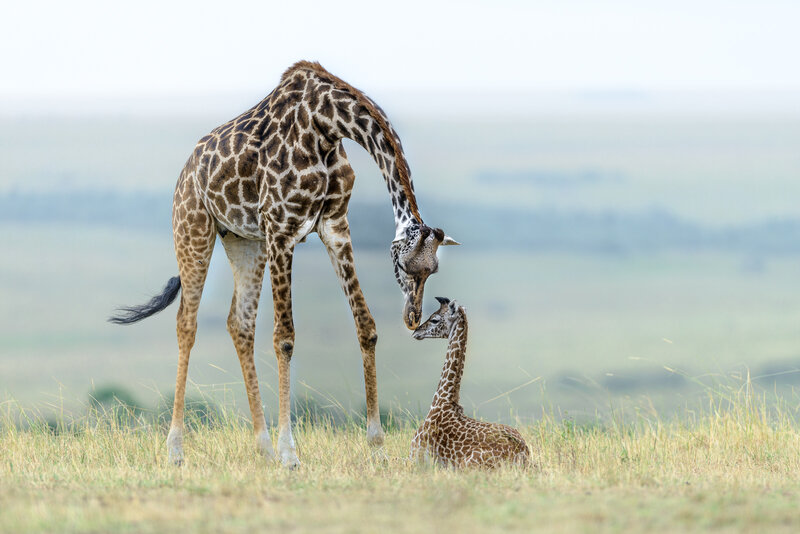
A mother’s love at the Maasai Mara, Kenya. Source | David Llyod | Prints For Wildlife.
Inclusivity and Diversity
There’s a lack of diversity in conservation and wildlife photography circles in Africa. Most players in the continent are white and foreign, with a lot of the opportunities for storytelling and actual work being grabbed by their compatriots at the expense of the locals.
This has created an imbalance in the conservation and wildlife photography fields and Africa’s stories are often wholly generalized, have ‘white savior’ undertones and most local people do not benefit from it. The founders are alive to this fact.
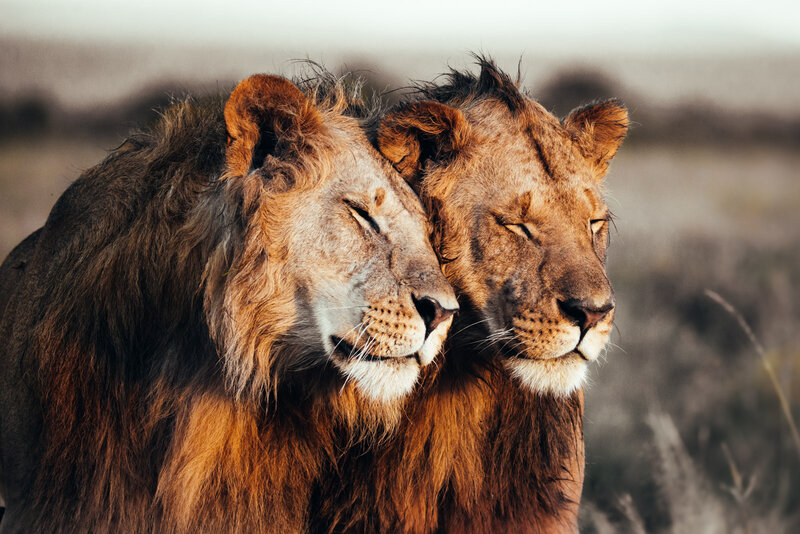
Two lion brothers bonding at the Maasai Mara, Kenya. Source | Pie Arts | Prints For Wildlife.
“Inclusivity and diversity are some of our goals with Prints for Wildlife – to also provide visibility to local talents and empower emerging photographers. That’s why we hosted an open call this year. Reaching out to new talents, we’re incredibly honoured that over 1,300 photos have been sent in from all over the globe.
“One of the main drivers for this campaign is to foster more inclusivity in the wildlife photography industry. Our open call in May was the first step in this direction and we’re happy that many female photographers entered their work – as we also want to showcase more work of female photographers,” Says Marion.
Together with their new advisory board they are now working on plans how they can give more visibility to local talents, young emerging photographers and address the imbalance that is still predominant in the industry. Marion and Pie believe that by speaking about this issue is only the first step to achieving so much more.
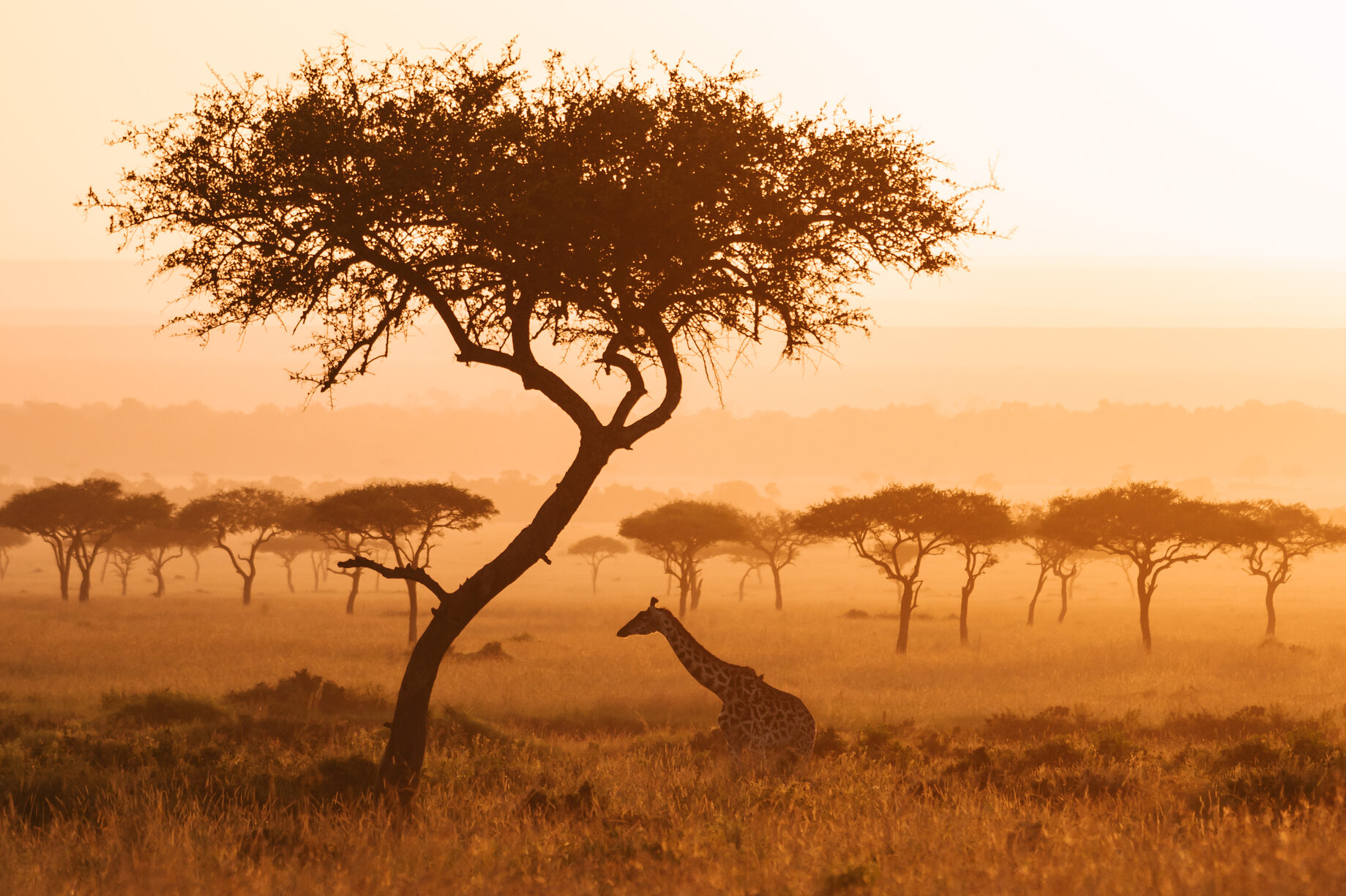
Sunrise at the Maasai Mara. Source | Marion Payr | Prints For Wildlife.
Prints for Wildlife II
With the continuation of COVID-19 travel restrictions, local economies and conservation efforts across Africa remain under pressure. That’s why Prints for Wildlife co-founders Marion Payr and Pie Aerts are reuniting to bring back their successful print fundraiser to once again support African Parks.
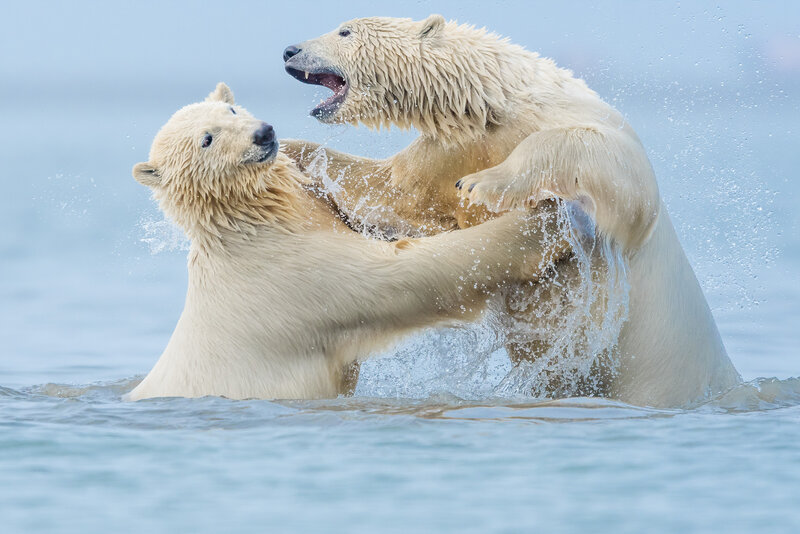
Duel in the Arctic. Source | Daryl Balfour | Prints For Wildlife.
“Visiting Kenya in January 2021 felt like an incredible privilege and having the Maasai Mara to ourselves in many parts was an unparalleled experience. At the same time, it hurt to see that we were the only guests in many of the lodges. When talking to the lodge owners and guides everyone shared the same sentiment – if 2021 gets as bad as 2020 their businesses won’t make it.
“And this of course isn’t simply business, but the livelihoods of whole families and communities that depend on the income from safari tourism – and in the end, this also affects wildlife and nature conservation. Yet the passion and love for wildlife and the ecosystems is so tangible when speaking to everyone – and this reflects back on the experience as a visitor,” Marion explains.
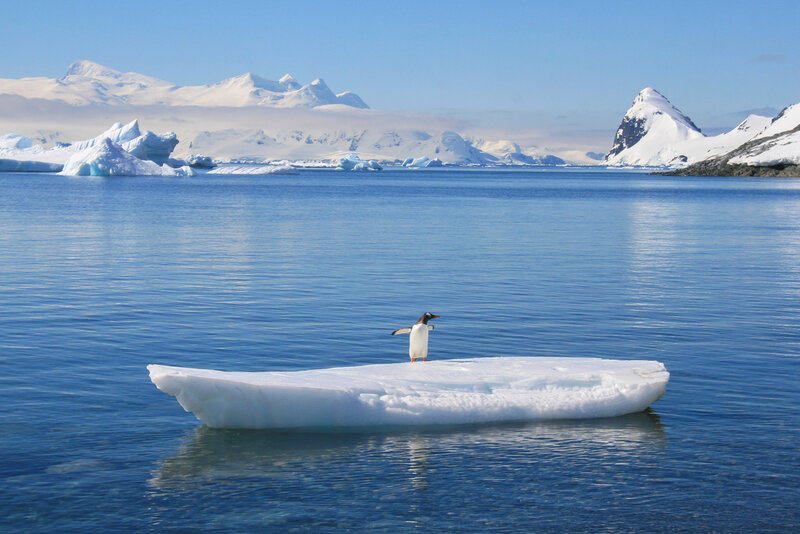
Penguin on an ice surfboard in Antarctica. Source Graeme Green | Source Prints For Wildlife.
“Although I’ve been to Africa many many times it feels like the first time every time. It’s not just excitement, but a certain feeling of coming home, whenever I visit Africa. You can feel it’s the cradle of mankind. The energy and the spirit is something that really resonates with me.
“Travelling to Africa during the pandemic feel like a double-edged sword. Even though it’s a very painful moment in time with tourism disappearing over night at the same time it’s an amazing opportunity for photographers,” Pie says about his recent trip to Africa.
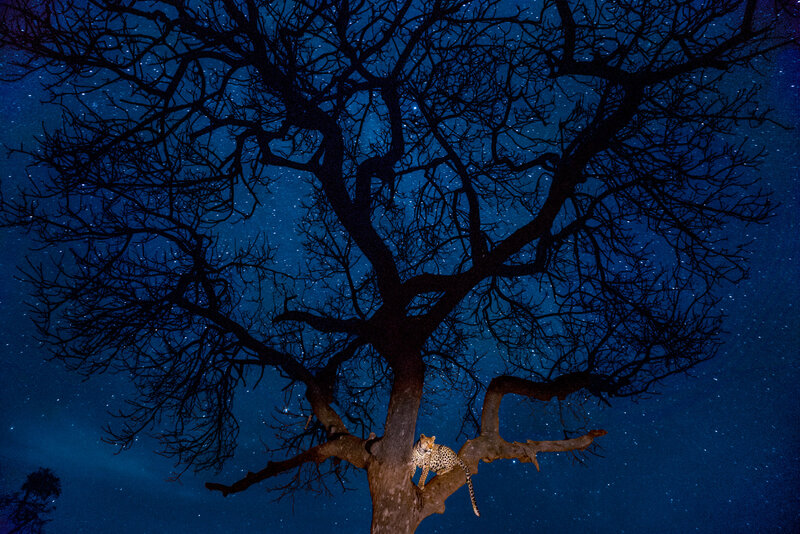
A leopard at Timbavati Game Reserve, South Africa. Source | Steve Winter | Prints For Wildlife.
The second edition of Prints for Wildlife brings together over 150 photographers, including some of the most respected and visionary wildlife photographers in the world alongside emerging talent from developing nations, with a focus on promoting greater diversity and inclusivity in the wildlife photography industry.
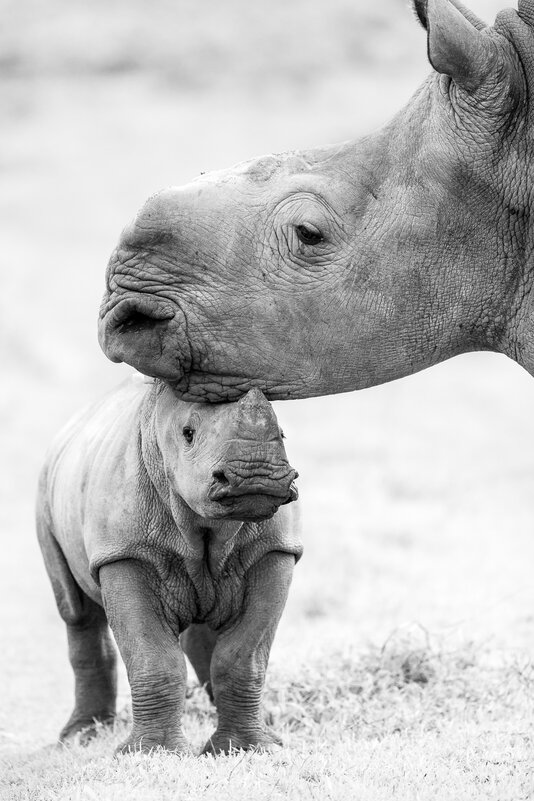
White Rhinos at the Kariega Game Reserve. Source Brendon Jennings | Prints For Wildlife.
The second edition of the limited “Prints for Wildlife” sale will be open from July 11th to August 11th 2021 – featuring 150+ photos from acclaimed wildlife photographers such as Steve Winter, Beverly Joubert, Ami Vitale, Brent Stirton, Clement Kiragu and David Lloyd. Following the same format as the first edition, each of the more than 150 photographers will donate one fine art print to the fundraiser, which will be sold for US$100 through the online shop Prints for Wildlife.
